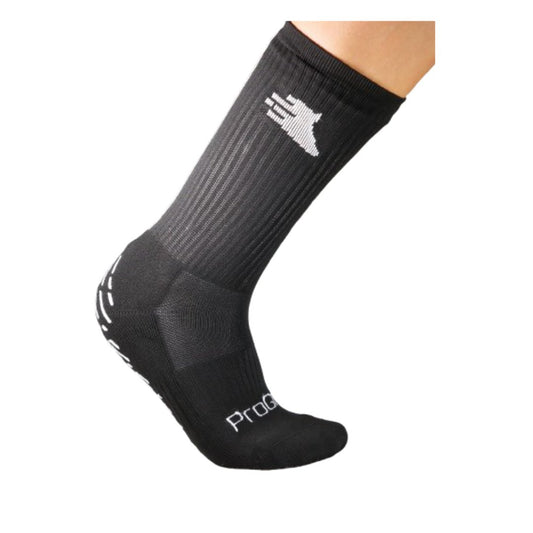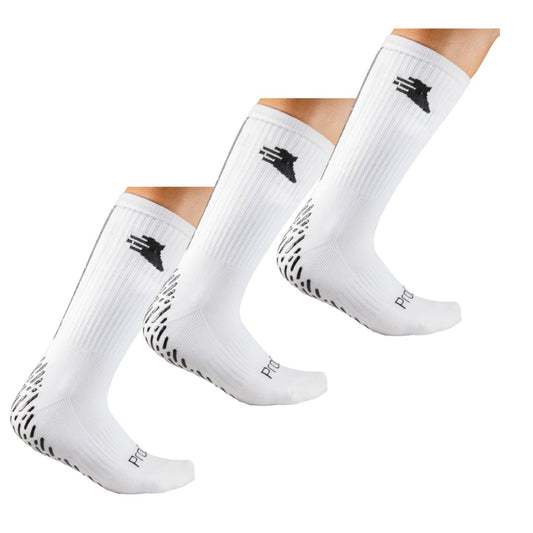The penalty kick is one of the most nerve-wracking moments in football. It can decide the outcome of a match, a tournament, or even a career. The pressure to score from the spot is immense, but it also offers a chance for footballers to showcase their skills. Over the years, various players have developed unique techniques to take penalty kicks, each with their own style and approach. Here’s a look at some of the most popular and effective penalty techniques used by footballers and how they master the art of scoring from the spot.
1. The Power Shot (Driven Penalty)
One of the most straightforward and widely used techniques is the power shot. Players like Cristiano Ronaldo and Zlatan Ibrahimović are known for their ability to strike penalties with incredible force. This technique focuses on striking the ball with maximum power, aiming for a high, hard shot into the top corner or the bottom corner of the goal.
How It Works:
- The player positions the ball to either side of the penalty area, depending on their preferred angle.
- The strike is powerful and aimed at the corners of the goal, usually out of the goalkeeper's reach.
- Power shots are all about confidence and speed, making it difficult for the goalkeeper to react in time.
Why It’s Effective:
- High-speed shots are tough for goalkeepers to stop, especially if they are aimed accurately at the top corners.
- The ball has little time to curve or dip, meaning there’s less chance of the goalkeeper reading the shot.
Famous Exponents: Cristiano Ronaldo, Zlatan Ibrahimović, and Frank Lampard.
2. The Panenka
The Panenka penalty is a delicate and deceptive technique, made famous by Antonín Panenka during the 1976 European Championship final. Instead of blasting the ball, the player uses a soft touch to lift it gently over the goalkeeper, who is typically diving to one side.
How It Works:
- The player approaches the ball as if to strike it with power but instead chips the ball with the inside of the foot.
- The goal is to send the ball into the center of the goal, just over the goalkeeper's head, who anticipates a hard shot to one side.
- Precision is key, as any miscalculation can lead to the ball sailing over the bar or being saved by the goalkeeper.
Why It’s Effective:
- The Panenka catches goalkeepers off guard, especially when they expect a powerful shot.
- It’s a high-risk, high-reward technique that requires a calm demeanor and confidence.
Famous Exponents: Antonín Panenka, Andrea Pirlo, and Zinedine Zidane.
3. The Bottom Corner Placement (Placed Penalty)
A more controlled approach involves placing the ball in one of the bottom corners of the goal, just out of the goalkeeper's reach. This technique is commonly used by players like Lionel Messi and Harry Kane who focus on precision rather than power.
How It Works:
- The player strikes the ball gently, aiming for one of the bottom corners, making sure it is placed just beyond the goalkeeper’s reach.
- This technique requires excellent accuracy and calmness under pressure, as the shot needs to be perfectly placed.
Why It’s Effective:
- The shot is often harder for goalkeepers to save because they have to dive further to reach the lower corners.
- It reduces the risk of missing the target by focusing on placement rather than power.
Famous Exponents: Lionel Messi, Harry Kane, and Thierry Henry.
4. The ‘No Look’ Penalty
A penalty technique used to add an extra layer of deception is the ‘No Look’ penalty. Players like Ricardo Quaresma have used this technique, where they deliberately look away from the goalkeeper before striking the ball, sending a subtle message that they are going one way when they’re actually going the other.
How It Works:
- The player approaches the ball as if they are going to strike in one direction but looks away, usually toward the opposite side, just before taking the shot.
- The goalkeeper often follows the player’s eyes, which causes them to dive in the wrong direction, leaving the other side of the goal open.
Why It’s Effective:
- It misleads the goalkeeper and creates uncertainty, especially when the shot is aimed at an empty side of the goal.
- It requires a high level of composure and confidence to pull off effectively.
Famous Exponents: Ricardo Quaresma, Ronaldo Nazário, and Antonin Panenka (who also used this approach for penalties).
5. The Stutter Step (Delayed Approach)
The stutter step, also known as the delayed or feint approach, is a technique that involves a slight pause or hesitation right before striking the ball. This method has been used by players such as Cristiano Ronaldo and Jorginho.
How It Works:
- The player takes a few steps toward the ball, then suddenly pauses or "stutters" just before kicking, causing the goalkeeper to make a premature dive.
- This brief hesitation makes the goalkeeper commit to one side, allowing the player to place the ball in the opposite direction.
Why It’s Effective:
- It manipulates the goalkeeper’s timing, forcing them to make an early decision, which opens up the chance for an easy goal.
- It adds an element of surprise and makes it harder for the goalkeeper to read the player's intentions.
Famous Exponents: Cristiano Ronaldo, Jorginho, and Roberto Baggio.
6. The Low Driven Shot (Sneaky Shot)
The low driven shot is a powerful yet controlled strike aimed at the bottom corners of the goal. Players like Sergio Agüero and Kevin De Bruyne have successfully used this technique in penalty situations, making the goalkeeper dive low and quickly.
How It Works:
- The player strikes the ball with the laces, aiming for a low and hard shot just past the goalkeeper’s reach.
- The key is to keep the shot close to the ground, which increases the chances of sneaking it past the goalkeeper before they can react.
Why It’s Effective:
- Low shots are harder for goalkeepers to save, especially when placed in the corner.
- The power behind the shot can prevent the goalkeeper from getting down quickly enough to stop it.
Famous Exponents: Sergio Agüero, Kevin De Bruyne, and Michael Owen.
ProGrip Socks: Ensuring Stability During Your Penalty
While technique and focus are key to executing the perfect penalty kick, comfort and stability are equally important. ProGrip Socks are designed to give players extra traction and control inside their boots. With their non-slip grip, ProGrip Socks help maintain stability when you take that critical shot, ensuring your footing remains solid as you focus on hitting the back of the net.
Conclusion: Mastering the Penalty Kick
The art of taking a penalty is all about composure, skill, and technique. Whether you prefer to power it past the goalkeeper, deceive them with a cheeky Panenka, or place the ball with surgical precision, each technique has its advantages. As footballers continue to innovate and refine their penalty-taking skills, it’s clear that mastering the penalty kick is as much about mental strength as it is about physical prowess.
Remember, no matter your technique, every penalty is an opportunity to showcase your skill—and ProGrip Socks can help you ensure your footing is as strong as your shot! Use code BLOG10 for 10% off!!





